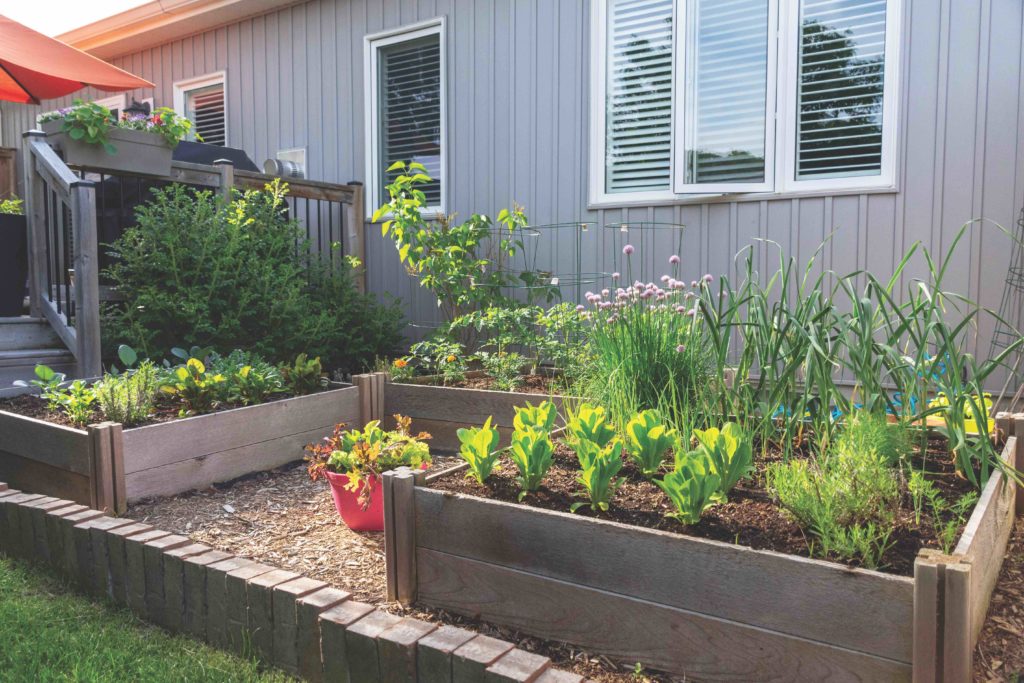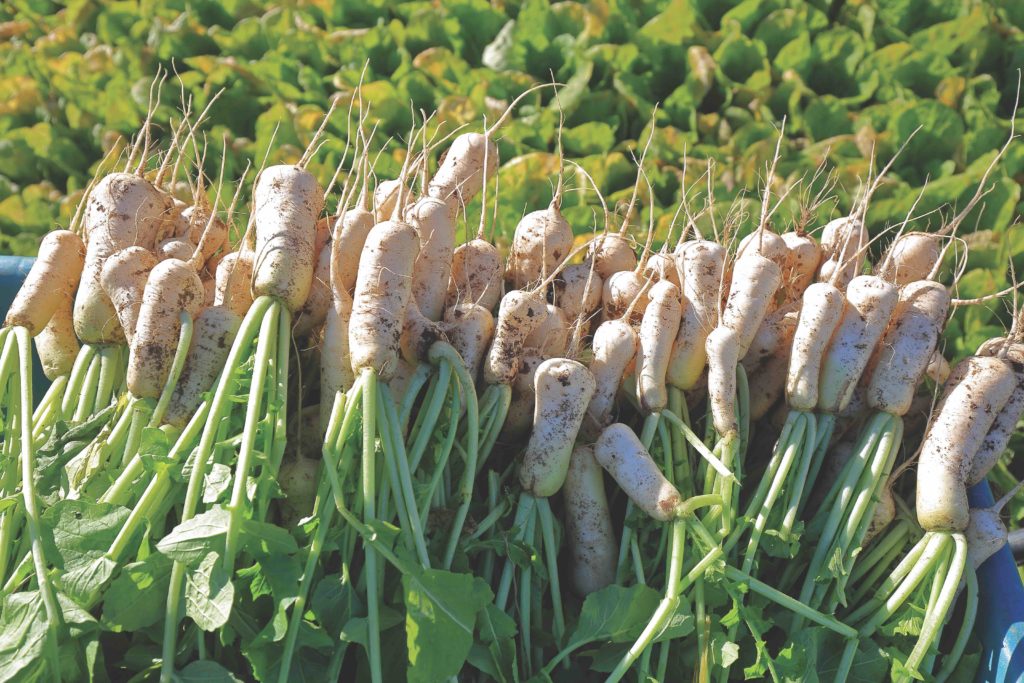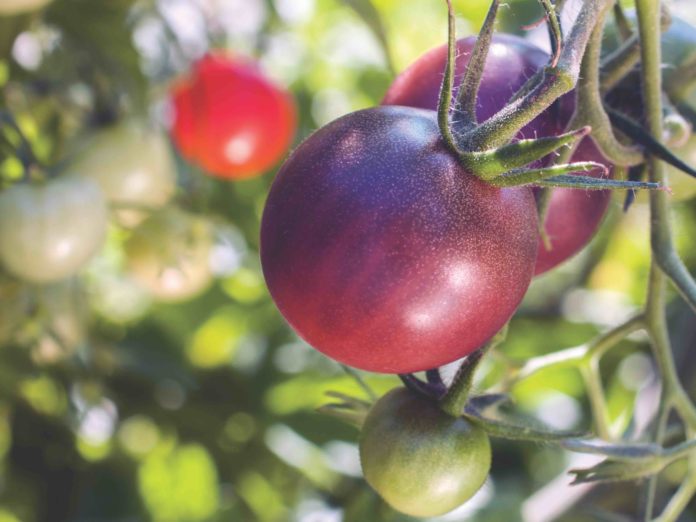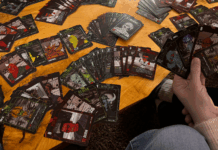Over the last year we have all undoubtedly encountered change on a grand scale. For many of us, adapting to this required ingenuity in everything from our daily routines to how we acquired our food to where we found relaxation. The search for a solution led many to their backyards; breaking historical trends Americans started gardening in a big way. That interest ultimately drove sales for many seed suppliers to exceed 500-600% that of a typical year. In my own yard we expanded our vegetable garden by about 500 s.f. adding space for melons, squash and Korean Radish (you can never have enough Korean Radish) last spring. As I write this, it’s snowing outside my office window and I can’t help but contemplate the next new addition, so much so that I thought I’d share a few of my favorite gardening practices and heirloom/ethnic vegetable varieties. Armed with the info below and a bit of googling, hopefully you’ll have a few new tools and tastes to experience this summer.
Living Soils and the No till Movement

Living soils are just that, full of life. The concept isn’t an old one. In fact, we’ve been doing it for thousands of years, amending soils before planting with all of the nutrients necessary for healthy, vigorous growth. Ionic fertilizers like those that we add to water as a powder or brightly colored liquid concentrate are salts that essentially force their nutrients into the plant roots. Non- ionic nutrients, aka organic or natural fertilizers, like seabird and bat guano or blood and bone meal in combination with alfalfa meal, leaflitter and worm compost, plus a healthy dose of beneficial microbes including a fungi called mycorrhizae are used to help drive the natural process of nutrient conversion and assimilation allowing the plants to choose what to take up and when. This might sound overly technical or tedious but the main advantages to growing vegetables like this are a cleaner, healthier product and soils grow in fertility over time instead of losing nutrients. Some other benefits of using a living soil system include a reduced amount of work for the gardener during the growing season with almost no need for supplemental feeding and a reduction in watering requirements, as well as increased resistance to pests and disease.
No-till or no-dig is working the land without cultivating the soil. Scientists have found that we lose soil, nutrients and diversity in the soil food web the more we disrupt our soils. Routine turning with plows, shovels or hoes causes compaction, leading to more turning. Additionally, the act of aerifying the soil speeds up the processes by which organic matter is broken down. The is troublesome because it over time the soil becomes compacted, loses fertility, and its structure begins to degrade, affecting its ability hold water which leads to erosion by wind and water. As gardeners we can build more resilient, healthier soils by amending or topdressing with compost, manure or worm castings regularly. Top dressing is best done at the beginning of the year or between crops, this is also a great time to add a quality Mycorrhizal fungi product. When it’s time for planting simply remove the old plants at or just below the soil line, don’t worry about the left-over root systems or stalks, you’ll just work around them or if needed shove them aside but don’t remove them from the soil. If there is a particularly large or woody stalk/root system its ok to yank and compost it. Keeping a good 3-4” layer of mulch on the soil is one of the secrets to a really successful no-till garden. Weeds are prevented, moisture is retained and soil is built as the mulch degrades. One other aspect of mulching that is often overlooked is temperature moderation, a healthy soil food web (and plants for that matter) has an optimum operating temperature, too warm and diversity is lost and the web stops working. Bare soil left exposed to the sun can quickly dry out and get too hot to support life, this is where a solid 3”-4” of mulch can really help. Increasing the amount of organic matter in our soils also reduces the amount of carbon in the atmosphere. Home owners creating vegetable gardens on new development can use both the living soils concepts and the no-till method to great benefit since the modern method of home construction involves removal of most or all of the existing topsoil from a site, many to never see it return.
Ethnic and Heirloom vegetables

In my family no summer garden is complete without certain vegetables. The Korean Radish, Cherokee Purple Tomato and the Chinese Long Bean are only a few. Generally speaking, people grow what they know, much the same as our eating habits our penchant for particular plants usually stems from our childhood. I remember walking through the backyard while playing with friends sampling beans, strawberries or whatever else happened to be ripe and ready for picking. A good place to start when selecting plants would be with varieties that won’t push you too far outside of your comfort zone. Heirloom and Ethnic tomatoes like Cherokee Purple or Brandywine and potatoes like All Blue or Kennebec are wonderful plants with some great history, but not often found at your local garden center. If you’re looking to venture out and try something a bit more exotic, plants like the Chinese Red Noodle Bean or cucumbers, like Joseon Shorty or Armenian Striped, are great options.
While there are far too many ethnic and heirloom vegetables to get specific on growth habits or culture, most of these plants are members of already well known and popular garden plants, such as cucurbits, crucifers and legumes (beans and peas). Growing conditions for these close relatives are generally very similar to their traditional counterparts. However, it may be necessary for gardeners to experiment in order to get some varieties to perform their best. Generally speaking, heirloom varieties tend to take slightly longer to produce than their cousins. This patience is typically rewarded with sweeter, softer, more succulent fruits or more refined, delicate flavors.
Whatever you choose to do in your garden this spring, I hope you’ll continue on a bold, green path and perhaps choose to venture outside of your box. Ready to travel beyond the vegetable garden? Rain gardens, potagers, meadows, berry patches and home orchards are also all fair game, shove your hands in the dirt and break a sweat! If there’s one thing the events of the past year have taught me, time and effort invested in cultivation of anything will always come back to us in the end.







